Aging is inevitable, but various factors, including lifestyle choices, can influence our age. One of the most powerful tools at our disposal to slow down the aging process is exercise. This comprehensive article will explore the intricate relationship between exercise and aging, delving into the science behind it, its benefits, and practical advice for individuals of all ages.
Understanding the Aging Process
Before diving into the role of exercise in aging, it’s crucial to understand what happens to our bodies as we age. Aging is a complex biological process that affects every system in our bodies. It involves a gradual decline in physiological functions, such as muscle mass, bone density, and cardiovascular health. Moreover, cellular aging occurs as cells divide and accumulate damage over time, leading to decreased efficiency.
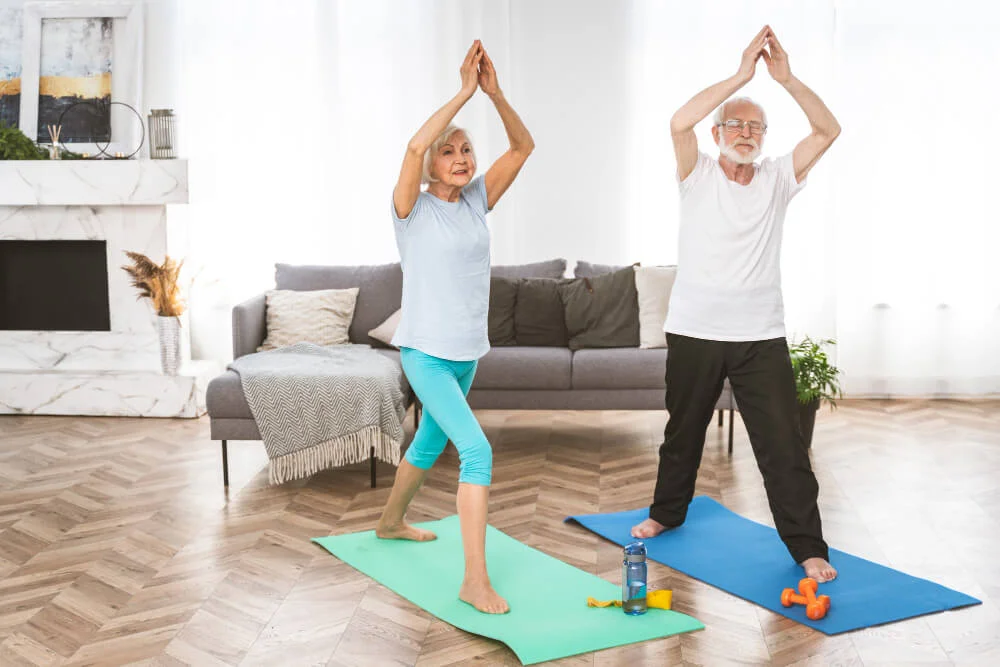
The Role of Exercise in Aging
Physical Activity and Longevity
Numerous studies have demonstrated a strong correlation between physical activity and longevity. Engaging in regular exercise has been linked to a reduced risk of chronic diseases such as heart disease, diabetes, and cancer, all of which become more prevalent with age. Exercise can significantly extend one’s lifespan by promoting overall health and well-being.
Exercise and Cellular Aging
Exercise also influences the cellular aging process. Telomeres, the protective caps at the ends of chromosomes, tend to shorten with age, but regular exercise has been shown to preserve telomere length. Exercise may slow cellular aging and help maintain youthful cellular function.
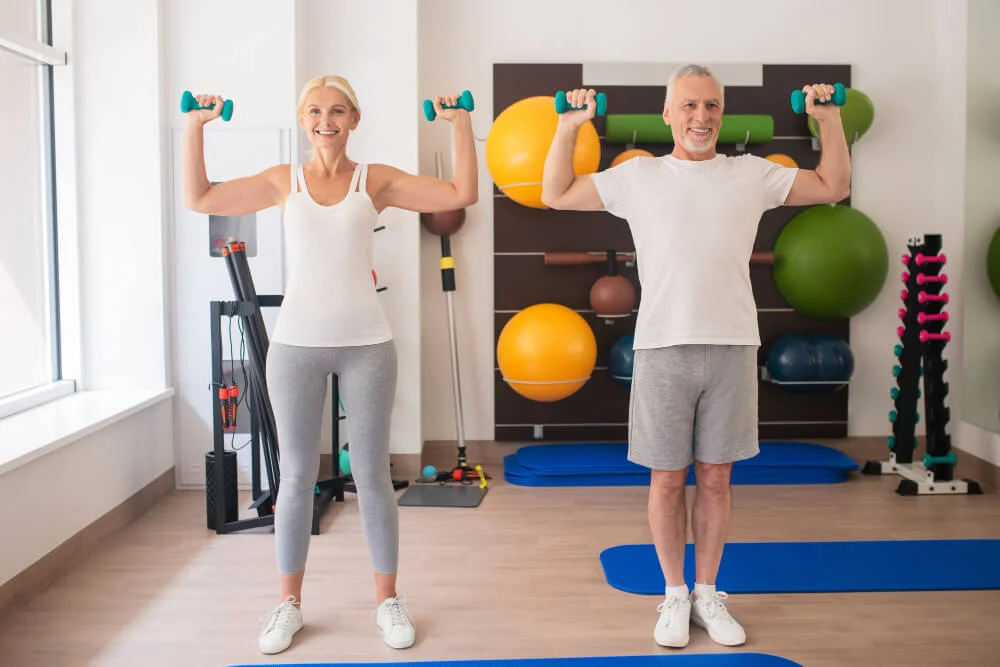
Benefits of Regular Exercise
Improved Cardiovascular Health
Aging often leads to a decline in cardiovascular health, but exercise can mitigate this decline. Regular physical activity improves heart function, reduces blood pressure, and lowers cholesterol levels, reducing the risk of heart disease.
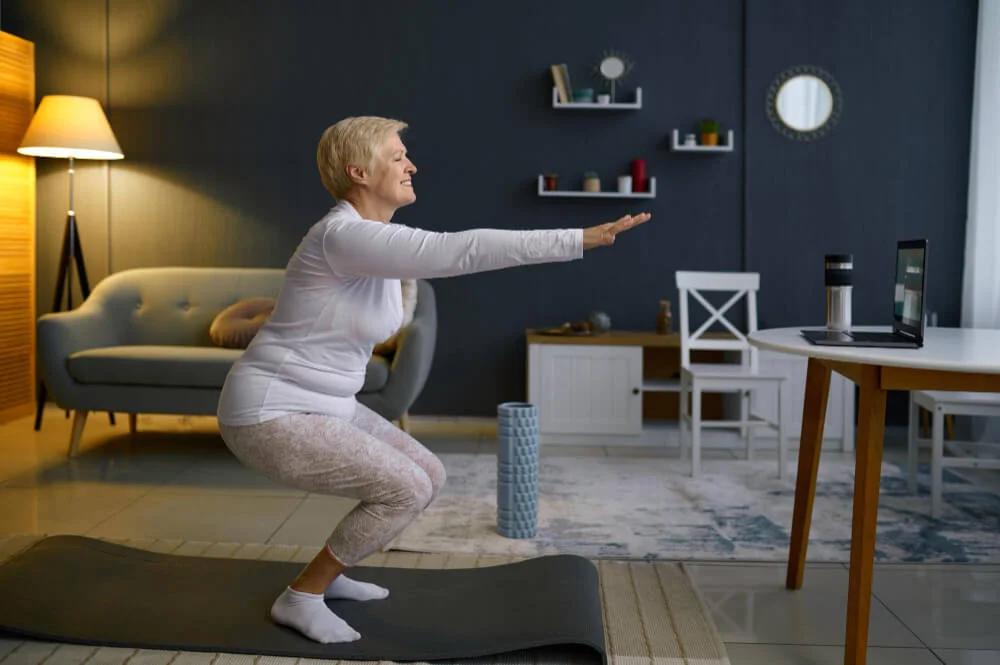
Enhanced Muscle Strength and Function
Sarcopenia, the age-related loss of muscle mass and strength, can lead to frailty and reduced mobility. However, strength training exercises can counteract this process, helping individuals maintain muscle mass and functional independence as they age.
: Cognitive Benefits
Exercise doesn’t just benefit the body; it also has a positive impact on the mind. Studies have shown that regular physical activity can improve cognitive function and memory and reduce the risk of age-related cognitive decline and neurodegenerative diseases like Alzheimer’s.
Types of Exercise for Aging Well
Aerobic Exercise
Aerobic exercises like walking, swimming, and cycling help improve cardiovascular health, stamina, and endurance. These activities are excellent choices for individuals of all ages.
Strength Training
Strength training exercises, including weightlifting and resistance training, help build and maintain muscle mass, increase bone density, and improve metabolism.
Flexibility and Balance Exercises
Flexibility and balance exercises, such as yoga and tai chi, are crucial for preventing falls and maintaining mobility, especially in older adults.
Creating a Sustainable Exercise Routine
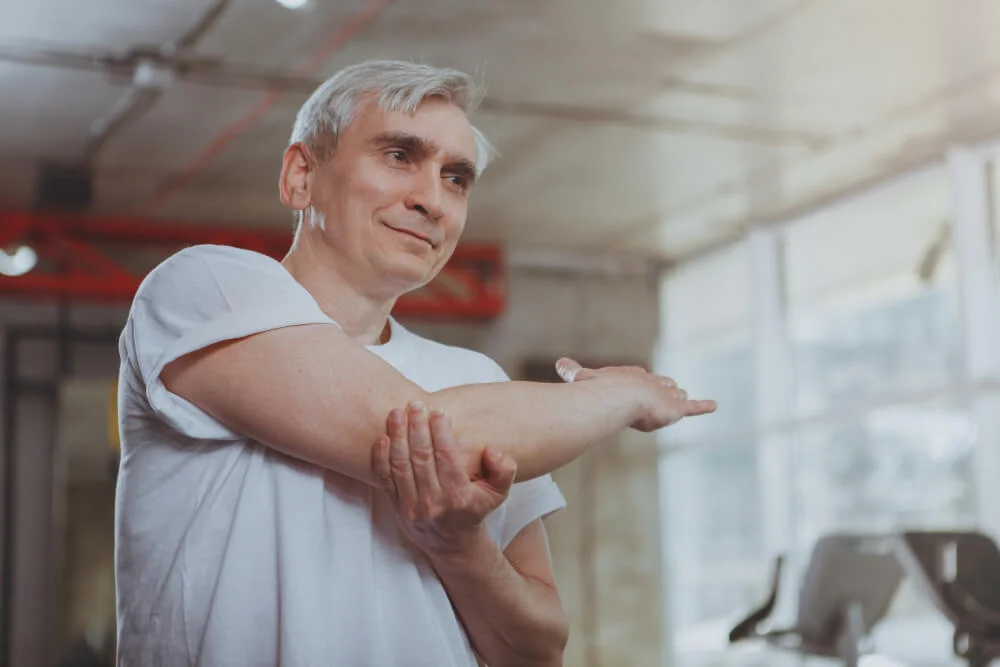
Setting Realistic Goals
Setting realistic goals that align with your age, fitness level, and lifestyle is essential when exercising. This ensures that you stay motivated and avoid injury.
Overcoming Common Barriers
Common barriers to exercise include lack of time, motivation, or resources. Strategies for overcoming these barriers include finding enjoyable activities, creating a schedule, and seeking support from friends or professionals.
Nutrition and Exercise: A Winning Combination
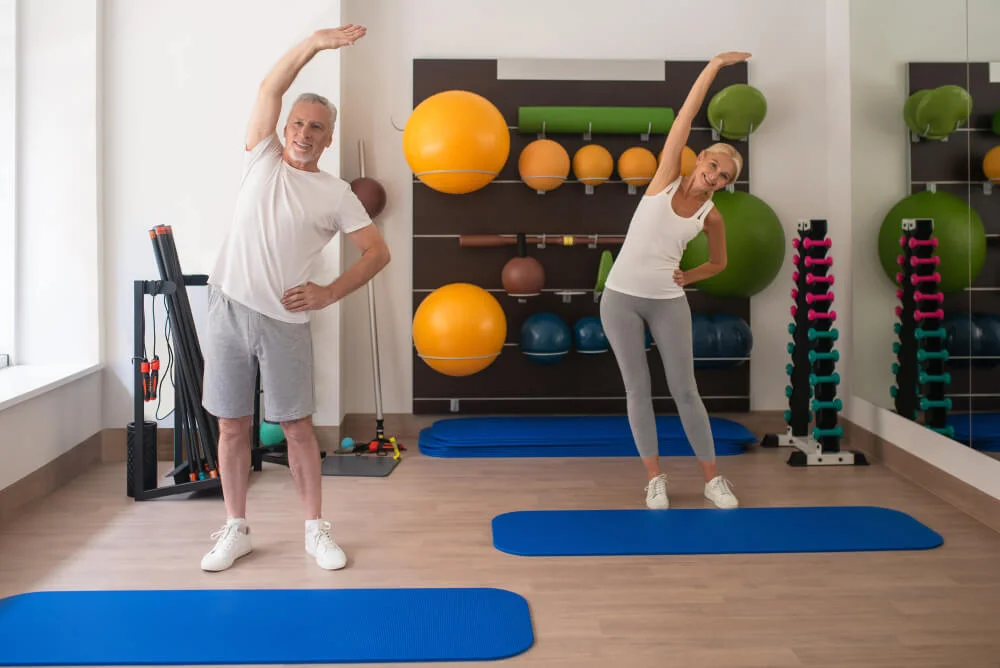
Proper Diet for Aging Gracefully
A balanced diet rich in fruits, vegetables, lean protein, and whole grains complements exercise and supports healthy aging. Proper nutrition provides the body with essential nutrients required for repair and maintenance.
Hydration and Aging
Staying hydrated is often overlooked but critical for maintaining overall health. Dehydration can lead to various health issues, including fatigue and muscle cramps, hindering your exercise routine.
Monitoring Progress and Adjusting Your Routine
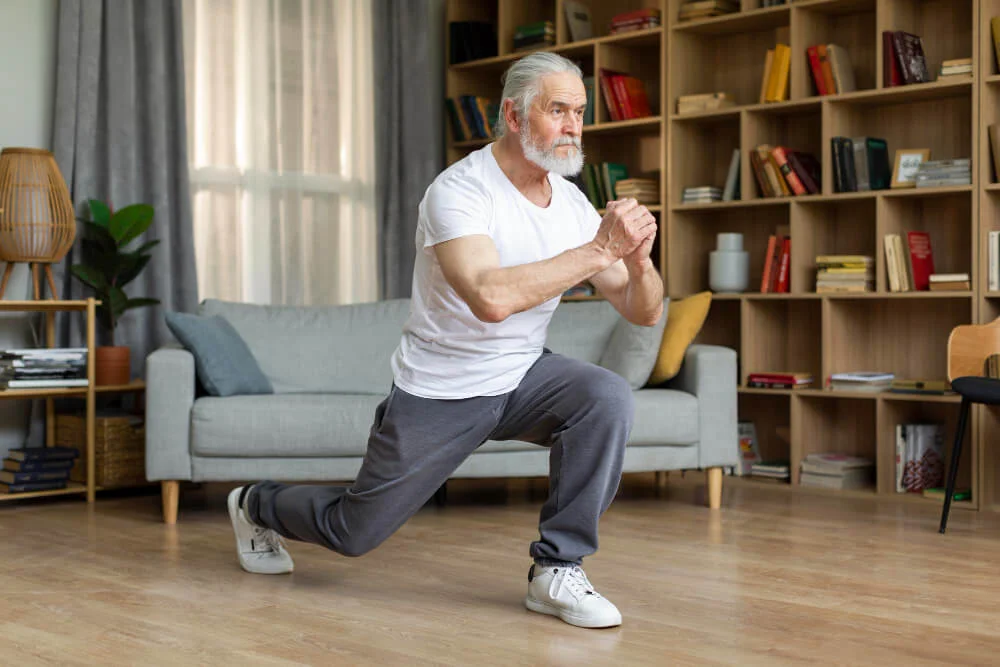
Tracking Fitness Metrics
Regularly tracking fitness metrics such as strength, endurance, and flexibility can help you monitor your progress and adjust your exercise routine.
Adapting to Changing Needs
As you age, your exercise needs may change. Adapting your routine to accommodate these changes, such as modifying exercises or incorporating low-impact activities, is essential.
Exercise for Different Age Groups
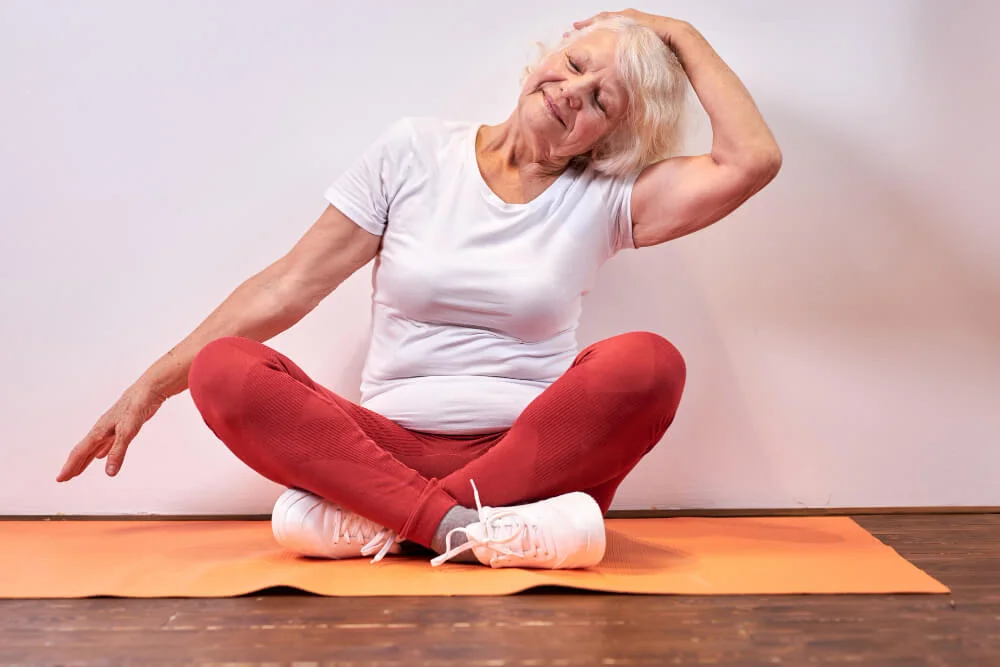
Seniors and Elderly Individuals
Older adults can benefit greatly from exercise, even without being active. Tailored exercise programs can improve strength, balance, and overall quality of life.
Middle-Aged Adults
Middle-aged adults can exercise to maintain their health and prevent age-related decline. This is an excellent time to focus on aerobic and strength training exercises.
Youth and Aging Prevention
Starting exercise early in life can set the stage for a healthier future. Youth who engage in regular physical activity are more likely to carry these habits into adulthood and experience the long-term benefits.
Safety Precautions and Consultation
Consulting a Healthcare Professional
Before beginning any exercise program, especially in old age or if you have underlying health conditions, it’s crucial to consult with a healthcare professional to ensure your chosen exercises are safe and suitable.
Avoiding Overexertion
Overexertion can lead to injuries, so listening to your body and avoiding pushing yourself too hard, especially as you age, is essential.
Common Myths About Exercise and Aging
Debunking the “Too Old to Exercise” Myth
Exercise is beneficial at any age, and there is always time to start. This myth is debunked by countless stories of individuals who have improved their health and well-being through exercise, even in their later years.
The Truth About Joint Pain and Exercise
Contrary to popular belief, exercise can help alleviate joint pain and stiffness by strengthening the muscles supporting the joints.
Real-Life Success Stories
Inspiring Testimonials
Hearing real-life success stories from individuals who have embraced exercise as part of their aging journey can motivate and inspire others.
Notable Aging Athletes
Numerous examples of aging athletes continue to excel in their chosen sports, proving that age is just a number for physical performance.
Staying Motivated for the Long Haul
Community and Support Systems
Engaging with a community of like-minded individuals or seeking support from friends and family can help you stay motivated and committed to your exercise routine.
Mindset and Positive Aging
Maintaining a positive mindset and viewing exercise as a critical component of a fulfilling and vibrant life can help you stay motivated and committed to a healthy lifestyle.
Conclusion
In conclusion, exercise is a powerful tool for slowing aging and promoting overall health and well-being. Whether you’re a senior looking to maintain independence, a middle-aged adult striving to stay healthy, or a youth interested in preventing age-related decline, exercise has something to offer everyone. Understanding the science behind training and aging and implementing a sustainable exercise routine allows you to embrace a healthier future and age gracefully.
FAQs
How often should I exercise to slow down aging?
Aim for at least 150 minutes of moderate-intensity aerobic activity or 75 minutes of vigorous-intensity aerobic activity per week, along with strength training exercises at least two days a week.
Can I start exercising late in life and still see benefits?
Yes, there is always time to start. Through exercise, older adults can still experience significant benefits in improved strength, balance, cardiovascular health, and overall quality of life.
Are there specific exercises to improve brain health?
Aerobic exercises like walking, jogging, and swimming can positively impact brain health. Engaging in mentally challenging activities such as puzzles and learning new skills can also support cognitive function.
What should I eat before and after exercising to support aging?
Before exercise, consume a balanced meal with carbohydrates for energy, protein for muscle repair, and fluids for hydration. After training, focus on replenishing fluids and have a post-workout meal with protein and carbohydrates to aid recovery.
Is it necessary to consult a doctor before starting an exercise routine in old age?
Consulting a healthcare professional before starting an exercise routine, especially in old age or if you have underlying health conditions, is highly recommended. They can guide safe and suitable exercises for your specific situation, ensuring your safety during your fitness journey.

